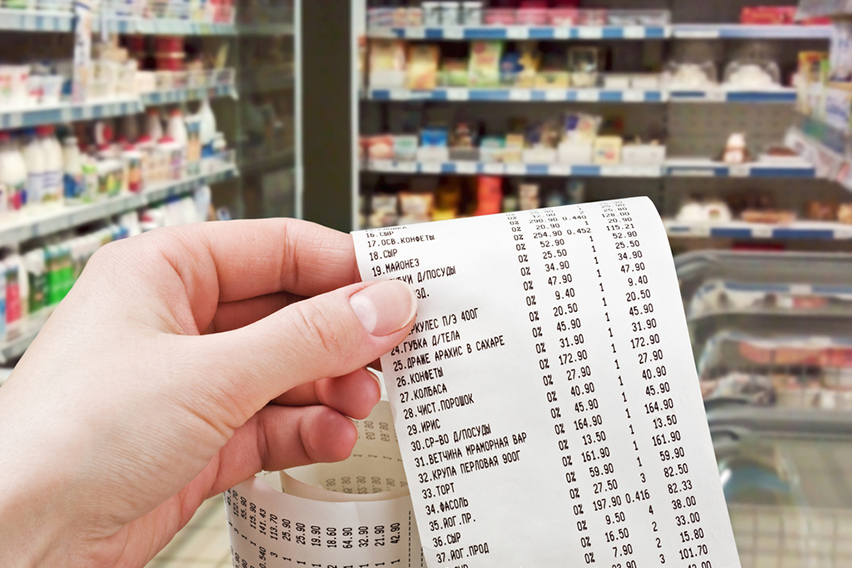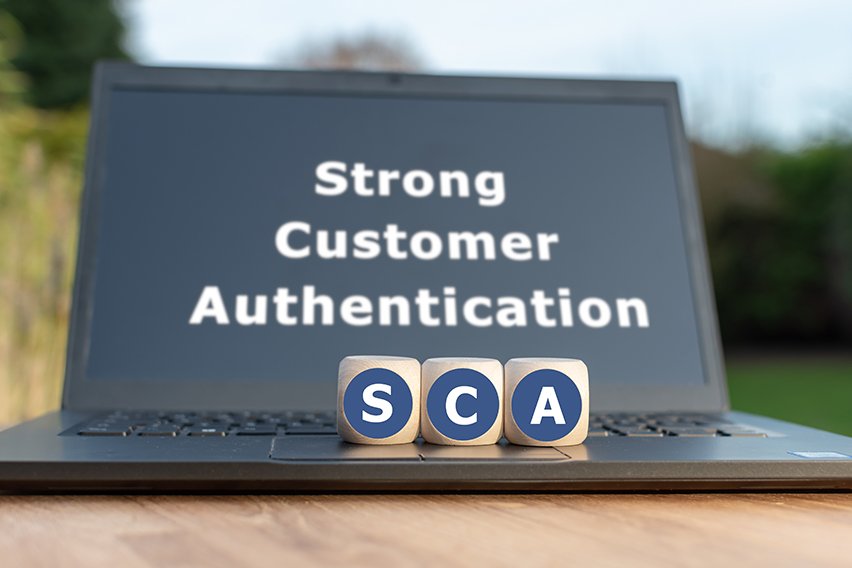What Is AVS Check (Address Verification Service)?

There are millions of different transactions that happen on a daily basis around the world. People make all sorts of purchases from eCommerce stores or online retailers using various payment methods. An AVS check helps to remove the possibility for fraud and flag suspicious transactions.
For a lot of merchants, the AVS check request can happen automatically after payment is processed. This is to help with credit card authorization. And it’s a simple way to determine whether or not a specific transaction should get accepted or not.
Here’s what you need to know about an AVS check.
Here’s What We’ll Cover:
What Is an AVS (Address Verification Service) Check?
Other Important Information About AVS Checks Worth Knowing
What Is an AVS (Address Verification Service) Check?
An AVS check is one of the more common ways that merchants can prevent the possibility of credit card fraud. It helps monitor suspicious activities by checking to see if the billing address of the credit card matches the address on file with the issuer.
The process includes having the credit card issuer send a code back to the merchant that identifies an address match. By doing this, the ownership of a debit card or credit card can get authenticated. But since AVS isn’t guaranteed to prevent fraud, having other fraud detection mechanisms in place can help avoid any false declines.
Also Read: What is AVS Mismatch

How Does It Work?
When a customer makes a purchase with a debit or credit card, they are often required to enter an address when they go through the checkout process. When the address gets entered, it’s compared with the address that the issuing bank has on file. Once everything is good to go, the bank then sends an AVS response code back to you.
Once you receive the AVS code, you can then decide how you will proceed. It’s worth noting that AVS checks are usually part of a more structured and detailed fraud prevention system. AVS authentication helps ensure valid transactions get processed and anything suspicious gets declined.
The steps involved during AVS checks:
- Payment data is processed during checkout and can include credit cards like Visa, MasterCard or American Express.
- The credit card information gets sent to the issuer and the addresses on file are compared.
- The issuer will then provide an authorization status and an AVS code back to the payment gateway.
- If the addresses match, then the transaction gets approved and processed.
- If the addresses do not match, the transaction will most likely get declined.
All of those steps happen within a few seconds of the customer entering their information and hitting submit. They might not know it’s happening in the background but everything is done quickly.
Other Important Information About AVS Checks Worth Knowing
While an AVS check can be an excellent way to help with fraud protection and stop suspicious transactions from happening, it’s not a perfect system. You shouldn’t solely rely on AVS for all your fraud prevention needs. It might be best to combine it with other fraud prevention measures.
They can include things like biometrics, IP address verification or device authentication. The more processes you can have in place to prevent fraud, the better. Leaving your strategy to chance or not focusing on areas to protect your business could have negative consequences.
A multi-layered approach will give you the best possibility of staying protected. Your sales can increase and your overall customer experience can become more efficient.

Key Takeaways
It’s always exciting selling a product or service and satisfying the demands of your customers. But things happen sometimes and fraud can be a very real possibility. An AVS check can be a good start to developing a solid fraud prevention strategy.
There’s no perfect strategy to put in place as it all depends on the type of business that you operate and your specific needs. Some businesses might require a more in-depth, multi-layered prevention solution. Other’s could only require a basic level of protection.
Whatever it is that you need, the more protection that you have will mean less risk. Take a look into your payment gateway and see if you are maximizing its capabilities. You can then determine any other fraud prevention mechanisms to use with an AVS check.
This will give you the best opportunity to stop suspicious transactions in their tracks. And when you do that, you can limit any possibility of fraudulent purchases.
Did you enjoy reading this guide? Head over to our resource hub for more!
RELATED ARTICLES

 Small Business Owners: 1099 Rules for Employers
Small Business Owners: 1099 Rules for Employers How to Change a Business Name: 12 Steps
How to Change a Business Name: 12 Steps What Are Sales Receipts?
What Are Sales Receipts? 4 Types of Inventory to Know About
4 Types of Inventory to Know About What Is SCA? (Strong Customer Authentication)?
What Is SCA? (Strong Customer Authentication)? Value Statement: Definition, Benefits & Importance
Value Statement: Definition, Benefits & Importance